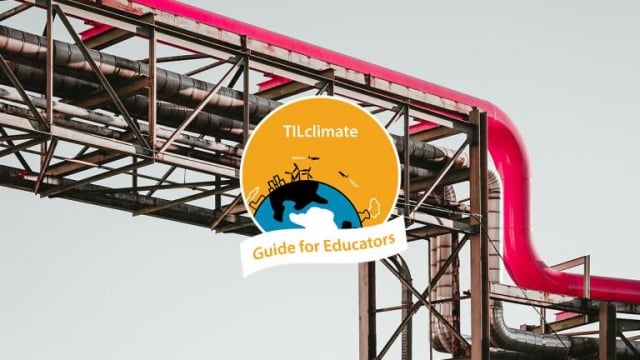About This Lesson
Description:
- Carbon capture and storage (CCS) and carbon capture and utilization (CCU) are growing technologies. In a hands-on chemistry lab, students can produce a key ingredient in low-carbon concrete. Through reading, discussion, and data exploration, students investigate the future and potential for CCS as one tool in our toolbox to slow climate change.
SWBAT:
- Explain the basic concept of carbon capture and storage.
- Explain why it is important to reduce carbon emissions.
- Understand that no one technology will solve all the problems of climate change.
Skills:
- Handling of simple chemicals
- Reading and communication
- Map-reading














